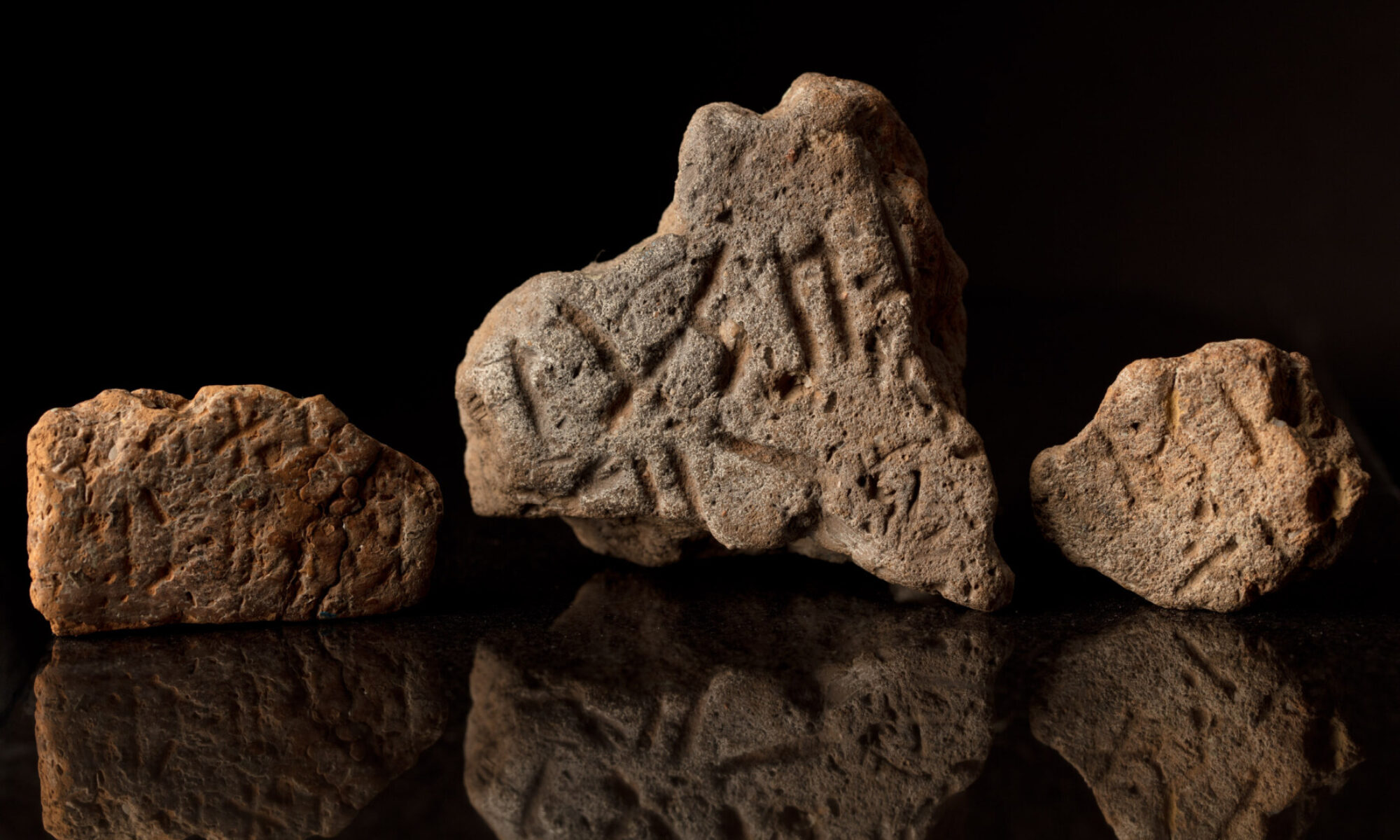Organisers: Maciej Sobczyk (Faculty of Archaeology, University of Warsaw, Centre for Andean Studies, University of Warsaw, Poland), Alexei Vranich (Visiting Lecturer Programme ZIP, Faculty of Archaeology, University of Warsaw, Poland)
Session Form: Hybrid
Date: 16-17.03.2022
Archaeological research of a high-mountain nature has its challenges, as do other research activities under difficult conditions. These challenges include aspects related to the methodology and logistics of the research. The former builders faced similar conditions, inhabitants, and users of the infrastructure located high in the mountains. We propose that the session will cover two intermingling groups of issues. On the one hand, we will discuss the methodology of research work. On the other, we will present the creation, development, and functioning of sites and routes in the mountains. Mountains may constitute a barrier, but they can also facilitate and channel contact in many cases, determining the nature of the cultural exchange. These processes include ritual activities such as staggering offerings made on Andean peaks and pilgrimage routes along challenging routes. At the same time, such activities provide the impetus for trade and the development of infrastructure to enable human activities in such extreme environments. There are different adaptation methods to high mountain areas depending on cultural conditions and technical capabilities. For this reason, the session is open to research topics from different parts of the world over a broad chronological range. We plan that the session will present the results of high-altitude research in the Americas and Asia, and Europe.
Detailed Session Schedule – here.
Abstracts:
Jose M. Bastante (National Archeological Park of Machu Picchu – Dirección Desconcentrada de Cultura de Cusco – Ministry of Culture, Peru)
Machupicchu: Safeguarding is Universal Exceptional Value
The new vision for the historic sanctuary-national archaeological park of Machupicchu is based on a permanent monitoring and an adecuate tourism management in order to avoid any negative impact on its universal excepcional value while mantaining a high tourist satisfaction regarding the experience of visiting on of the most claimed mixed heritage sites in the world.
Michał Gilewski (Centre for Andean Studies, University of Warsaw, Poland)
Vertical Economy of Prehispanic Pacific Coast Guatemala
The Prehispanic and indigenous cultures of the Pacific coast of Guatemala are usually known from ethnographic research and ethnohistorical sources that relate to specific local communities and to local archaeology that relates to specific sites. In this paper, I present how the environmental diversity lead to interdependence and integration of the whole region. Among the data, I present various ethnographic and ethnohistoric information, and compare it to past archaeological summaries. In conclusion, I pick up the suggestion of Spanish ethnohistorian Elias Zamora Acosta and compare this inter-regional system to concept of “Vertical economy” known from Andean region.
Jan Kłaput (Centre for Andean Studies, University of Warsaw, Poland)
Zooarchaeological Research on Camelids in the Andes: the Case of the Inca Highland site of Maucallacta
The presentation outlines the research conducted in recent years on the zooarchaeology of the Maucallacta ceremonial site, with particular emphasis on camelids. The site is unique among Inca centers known so far in terms of the number and nature of camelid remains found. Their remains show evident traces of consumption, however, their presence in contexts associated with religious activity indicates that some type of ritual feasts were most likely carried out at Maucallacta. These finds are put into broader context of this type of studies, including analyses conducted recently by the author in the Peruvian coast area.
Gori Tumi Echevarría López (National University of Santiago Antunez Mayolo, Peru), Luz Marina Monrroy Quiñones (National University of Santiago Antunez Mayolo, Peru)
Archaeological Excavations at Marcavalle, a Formative Period Settlement in the Andes of Cusco, Peru
In the archaeological literature of Peru, Marcavalle is known as the first human settlement of the Huatanay river basin in Cusco and one of the sites with the oldest ceramics in the region; being characterized by this last material from excavations in the sixties of the last century.
Recent excavations at the site, carried out between the years 2016 and 2019, however, have allowed us to expand our knowledge of this archaeological site, revealing a complex series of cultural testimonies, including architecture, offering deposits, funerary contexts and middens, which are exposing important information about subsistence patterns, rituals; and cultural relations of a highland population, that is still little known for the archaeology of south Peru.
Denise Pozzi-Escot (Pachacamac Museum, Peru), Rommel Angeles Falcon (Pachacamac Museum, Peru)
Relations between Two Prehispanic Andean Sanctuaries: Pachacamac and Pariacaca
Until the 16th century, Pachacamac was the most important pre-Hispanic oracle on the Peruvian coast, characterized by a series of public buildings located in front of the Pacific Ocean, where thousands of pilgrims came to ask for omens and consult. In the Sierra de Lima, Pariacaca was also an important high-altitude sanctuary. Although both had different characteristics, they had a very similar sphere of influence with priests in charge of their cult. The exhibition will present the characteristics of these important oracles.
Dominika Sieczkowska (Centre for Andean Studies, University of Warsaw, Poland)
Inca Water Management, Case of the Chachabamba Archaeological Site (Machu Picchu National Park, Peru)
The archaeological site of Chachabamba is located in the Machu Picchu National Archaeological Park at a distance of about 7 kilometres from the main site which is the llaqta of Machu Picchu. The most important part of Chachabamba is the ceremonial sector, which consists of two patios (canchas) built around a carved boulder shrine (huaca). The entire complex is surrounded by a system of 14 relatively symmetrically built Inca fountains (armakuna), which most probably performed only ritual functions. It is an interesting aspect, the way of planning the water system and the question of its function considering the whole ceremonial complex. This is quite rare in the Inca world the lack of economic functions in the water system (especially in the Machu Picchu National Park). The aim of the presentation is designed to show the entire water system, which is located on the Chachabamba site along with its modifications and all the remains of previous water systems which were discovered during archaeological excavations.
Sylwia Siemianowska (Institute of Archaeology and Ethnology, Polish Academy of Sciences, Poland)
Close to Each Other or Completely Different? Pottery Production in the High Mountain Valleys of the Old Province of Condesuyos
During the study of pottery from the ceremonial middens from Maucallacta-Pampacolca – an important Inca ceremonial and administrative center – the occurrence of a local pottery group was observed. It was relatively similar to the vessels found in the neighboring valleys, not just in the immediate vicinity. The list of descriptions of ceramic styles functioning in the current archaeological literature for the area of Coropuna, the valleys of Colca, Orcopampa, Chuquibamba and Cothuasi clearly showed that in this whole region we are dealing with the existence of a specific kind of community of cultures of the same or very similar origin. These groups were associated with the migration of people from the Altiplano to the west during the aforementioned period. For this reason, the term „Conde-Collagua zone ceramics” has been proposed to describe all local ceramic styles.
William Sillar (University College London, United Kingdom)
Quarrying and Carrying Stone across the Andes
Construction in mountaneous terrain is a challenge, not the least of which is the transportation of material to the site. This paper considers the evidence for quarrying and transporting stone across the Andes for the construction of the monuments of the Inka empire. Understanding the organization and logistics of this endevour has implications for labour and technology, along with intangibles such as the sacred properties of building material.
Maciej Sobczyk (Faculty of Archaeology, University of Warsaw, Centre for Andean Studies, University of Warsaw, Poland), Ruddy Chávez Perea (Independent researcher , Arequipa, Peru)
Ceremonial Routes and their Facilities. High Mountain Archeology of Apu Coropuna
Coropuna is the highest volcano in Peru. As we well know, thanks to the ethnohistoric source, it was an important cult object in pre-Columbian times. Which is confirmed by ethnographic and archaeological data. The known key sites are located around Apu Coropuna at an altitude of between 3,700 and 5,000 meters above sea level. We want to present what we were able to find out about the connections of the main sites with the traces of the activity of the people that lead higher towards the summits of Apu Coropuna.
Dagmara M. Socha (Centre for Andean Studies, University of Warsaw, Poland – corresponding author), Marzena Sykutera (Department of Forensic Medicine, Collegium Medicum of Nicolaus Copernicus University in Toruń, Poland), Ruddy Chávez Perea (Independent researcher , Arequipa, Peru)
Ritual Drug Use during Inca Human Sacrifices on Ampato Mountain (Peru)
Hallucinogenic plants and stimulants performed an important role in the beliefs, rituals, and divination practices in the ancient Andes. The aim of this article is to present the results of toxicological studies of two individuals immolated over 500 years ago during a capacocha ritual on the mountain of Ampato in southern Peru. The capacocha was one of the most significant ceremonies carried out in the Inca Empire. During the ritual, the Incas sacrificed children and young women, who were supposed to be beautiful and unblemished.
The hair and nails of three Ampato mummies were examined using LC-MS/MS for the presence of coca alkaloids and metabolites (cocaine, benzoylecgonine, cocaethylene), mescaline, tryptamine, harmaline, and harmine. The results of the study show that during the last weeks of the lives of the victims, they chewed coca leaves and were intoxicated by ayahuasca, a beverage made primarily from the Banisteriopsis caapi.
Alexei Vranich (Faculty of Archaeology University of Warsaw, Poland)
Tiwanaku as Mountain Observatory
The ritual purpose of the site of Tiwanaku is well established through its elaborate artifacts and stone monuments aligned to landscape and cosmological features. This presentation proposes that the ritual purpose of observe the sacred landscape from monumental settings was a primary reason for the growth of the site from a single structure to a pattern collection of stone buildings.
Mariusz S. Ziółkowski (Centre for Andean Studies, University of Warsaw, Poland)
The Cult of the Mountain Apus and Highland Lakes: Past and Present
The snow-capped mountains, had in Inca times the status of Apus (tutelary deities), objects of both imperial and local worship. The ritual activities associated with the latter also included various ceremonies dedicated to the lakes located at the foot of the mountains. It is noteworthy that in those places traces of contemporary ritual activities, related to traditional Andean beliefs, have also been documented.
Marta Żuchowska (Faculty of Archaeology, University of Warsaw, Poland), Ewa Paśnik-Tułowiecka (Faculty of Oriental Studies University of Warsaw, Poland)
Preliminary Study on Meditation Caves of Upper Mustang
The main objective of this presentation is a preliminary analysis of four caves in Upper Mustang, Nepal: Gadeling, Konchokling, Nopchokling and Rinseling.
The first part of the presentation will focus on describing the location, layout and most probable function of the above mentioned caves. In the second part, the religious paintings decorating their walls will be discussed.
So far, only the Konchokling cave has been the subject of academic research, published by C. Luczanits in 2014. In the case of the other caves, this is the first attempt at an academic analysis.
The project is carried out under the Archeo-Oriental Study Group, University of Warsaw research grant.
[contact-form-7 id=”19286″ title=”High Mountain Archeology: Studies of the Limits of Environmental Adaptation – Wednesday and Thursday”]

